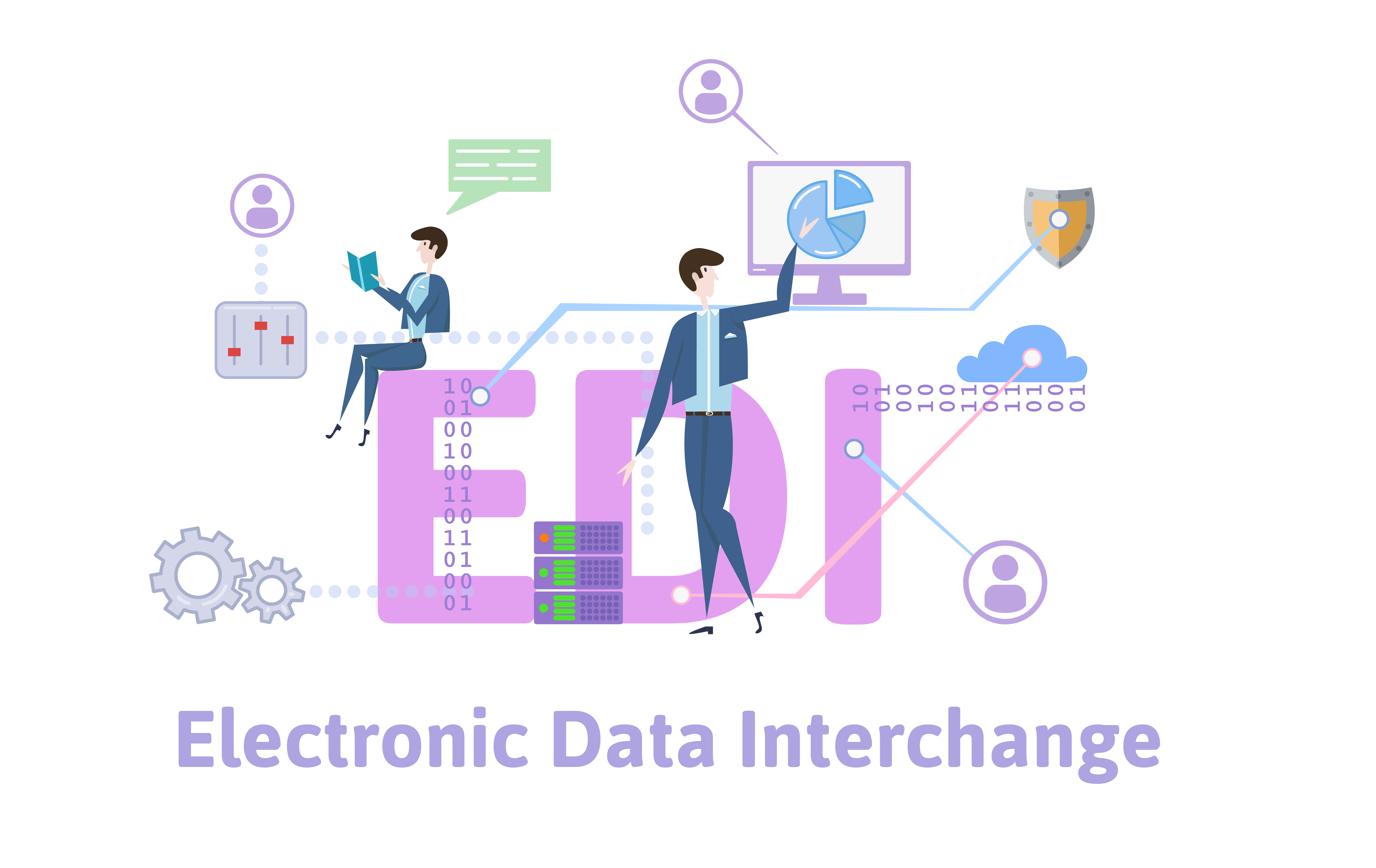In today’s fast-paced business world, the ability to exchange information quickly and accurately is crucial. EDI is a technology that allows businesses to electronically exchange documents like purchase orders and invoices, in a standardized format. Implementing EDI optimizes process flows and cuts down on errors by standardizing information and procedures. Understanding EDI will allow you to make an informed decision about integrating it into your business operations.
What is EDI?
Electronic Data Interchange (EDI) is the electronic transfer of business documents in a standard format between trading partners. It enables the seamless exchange of structured data between different computer systems, eliminating the need for manual data entry and paper-based processes. EDI automates transactions like purchase orders, invoices, shipping notices, and payment confirmations. This automation increases efficiency and reduces errors.
Recent research suggests that over 60% of companies have integrated EDI into their operations. Check with the companies that you work with to see if they are using EDI. If they do, it’s time to start considering implementing EDI in your business.
Evolution of EDI
The history of EDI dates back to the 1960s when businesses sought to replace paper-based documents with electronic formats. Initially, EDI used proprietary systems and private networks. However, with technological advancements and the introduction of the internet, EDI has evolved into a more accessible and standardized solution. Today, EDI uses various data formats and communication methods, making it an integral part of modern business operations.
Understanding EDI Through Its Components
An EDI system is made up of several key components. An internal EDI team is not required in order for your company to implement EDI, there are companies and services that will act as your external EDI department and provide these for you.
- Standardized Data Formats: EDIFACT, ANSI X12, and XML formats ensure consistent data exchange between different systems
- Communication Methods: Protocols like AS2 (Applicability Statement 2) facilitate secure and reliable data transmission over the internet.
- Translation Software: This software converts data from internal formats to EDI standard formats and vice versa.
- Mapping and Integration Tools: These tools ensure that data from EDI documents is correctly mapped to internal systems, enabling seamless integration with existing business applications.
Benefits of EDI
Implementing EDI brings a multitude of benefits to businesses, revolutionizing the way transactions are conducted. Even small companies can see benefits from implementing EDI. Here are some of the benefits companies see with EDI:
- Cost Savings: Automating manual processes reduces labor costs and minimizes errors, leading to significant cost savings.
- Faster Processing Times: EDI speeds up transactions, reducing the time needed for order processing, invoicing, and payments.
- Reduced Errors: Automated data entry reduces the likelihood of human errors, improving data accuracy.
- Enhanced Supply Chain Visibility: EDI provides real-time updates, improving collaboration and visibility across the supply chain.
EDI Implementation Considerations
Successful EDI implementation includes starting with a pilot project, choosing the right EDI provider, and continuously monitoring and optimizing the system. Implementing EDI requires careful planning and consideration:
- Integration with Existing Systems: Ensure that the EDI solution can seamlessly integrate with your current business applications.
- Security and Compliance: Adhere to regulatory requirements, such as GDPR and HIPAA, to protect sensitive data.
- Scalability: Choose a scalable EDI solution that can grow with your business.
- Training and Support: Provide adequate training and support to employees to ensure smooth adoption and operation.
Limitations of EDI
EDI can offer enormous benefits to your operations. But, there are some drawbacks to consider before jumping in with both feet. To overcome these challenges, businesses can partner with experienced EDI providers, leverage cloud-based solutions, and invest in employee training.
- Complexity: Implementing and maintaining an EDI system can be complex, requiring specialized knowledge and resources.
- Costs: Initial setup costs and ongoing maintenance expenses can be significant.
Future Trends in EDI
EDI isn’t going anywhere any time soon. But, technology moves fast and staying current with trends and industry movements is crucial to remaining competitive in your industry. The future of EDI looks promising, with several emerging trends:
- Cloud-Based EDI: Cloud solutions offer scalability, flexibility, and reduced infrastructure costs.
- Integration with IoT and Blockchain: IoT devices can provide real-time data, while blockchain enhances security and transparency in transactions.
- AI and Machine Learning: These technologies can improve data analytics, predict trends, and optimize supply chain operations.
Conclusion
EDI is a powerful tool for automating business transactions. It can improve efficiency and reduce errors. By understanding its components, benefits, and implementation considerations, businesses can leverage EDI to streamline operations and enhance supply chain visibility.
Embrace EDI today to transform your business processes and stay ahead in the competitive market.
